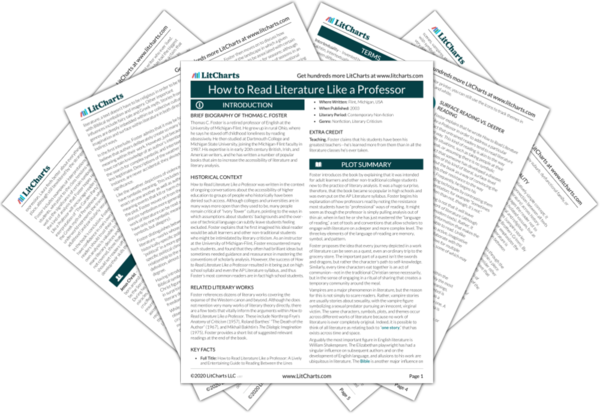At one point, a character in
Going After Cacciato falls down a hole in the road, an episode Foster links to Lewis Carroll’s
Alice’s Adventures in Wonderland (1865). Meanwhile, the protagonist’s love interest, Sarkin Aung Wan, can be viewed as a Vietnamese version of Sacajawea. The fact that Sacajawea was a real historical figure and not a literary character is not important; history is, after all, also a story, and thus the connection between Sarkin Aung Wan and Sacajawea is part of a network of .
